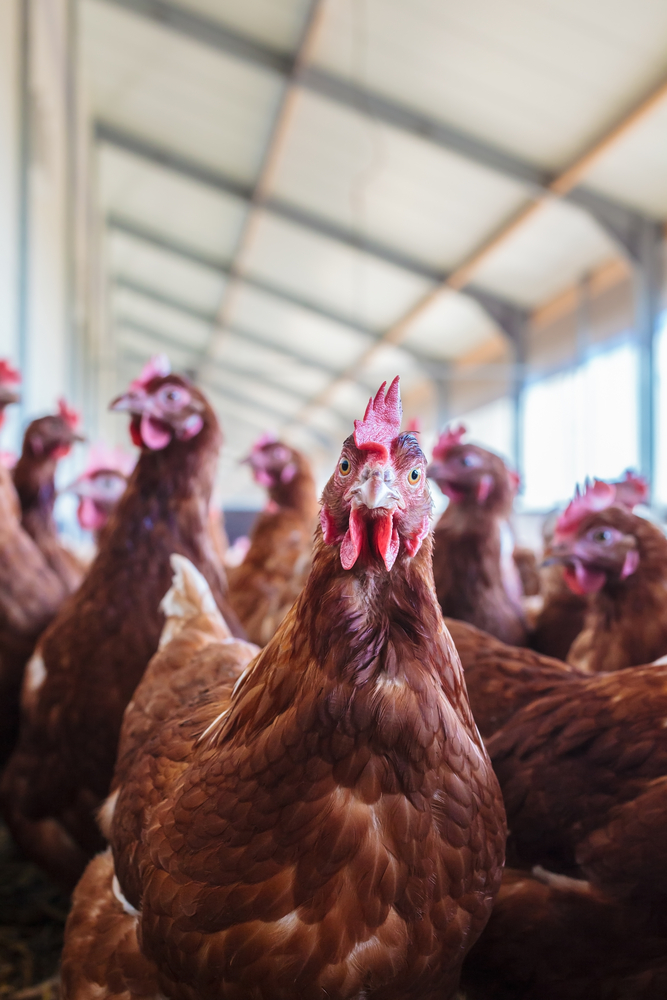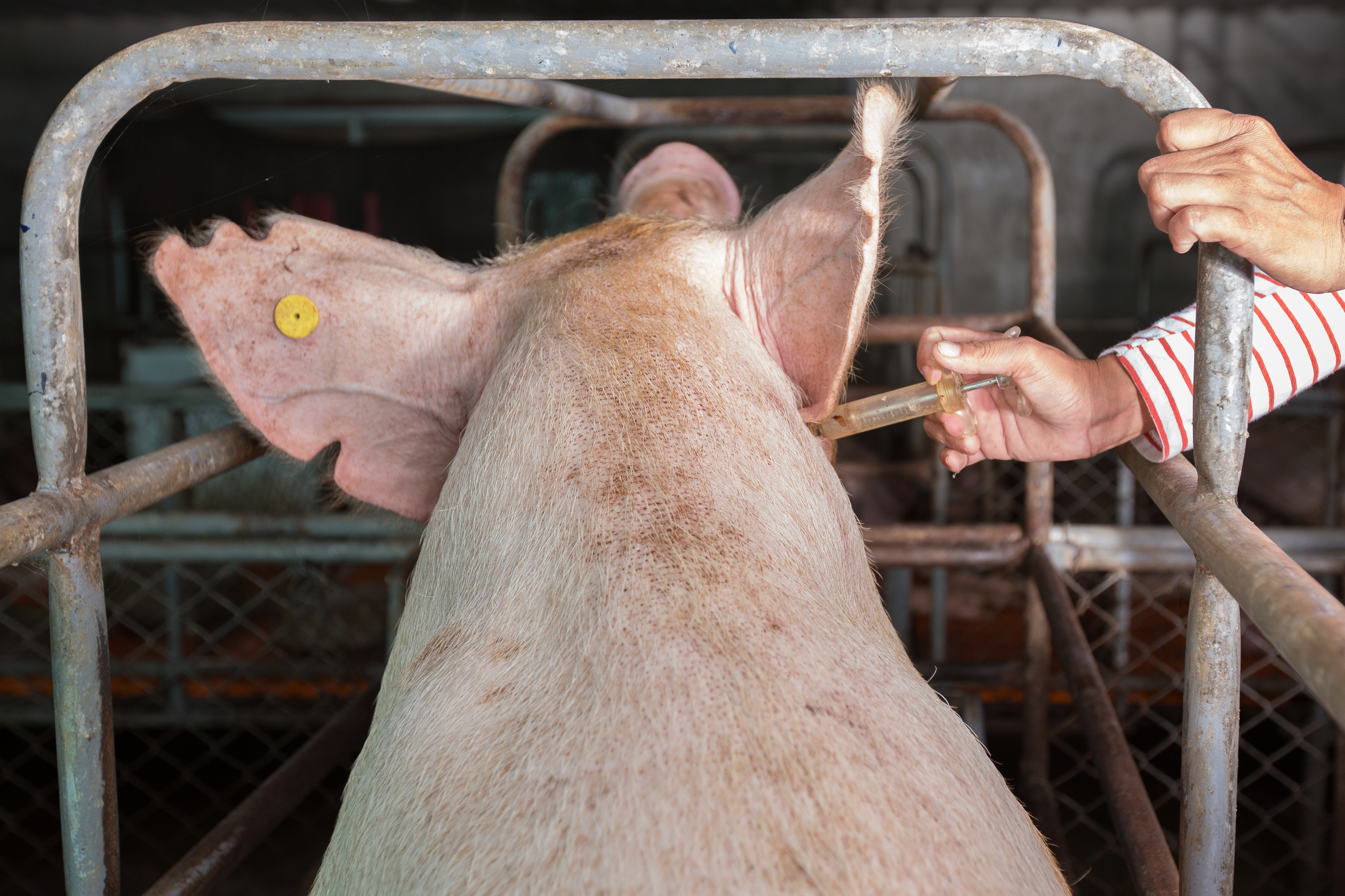



Data Dilemma: Charting the Progress on Antimicrobials
GLOBAL – Veterinary medicine is in a global dilemma over how to measure the amount of antimicrobial drugs used on farms.More than six years have passed since the world's health experts first settled on a list of antimicrobials for saving.This prioritised the most crucial drugs for a secure and healthy future for humans and animals.
The World Health Organisation (WHO) and subsequently the World Organisation for Animal Health (OIE) led the efforts in an attempt to prompt individual states to shape health and agricultural policy towards using antimicrobial medicines less frequently and more judiciously.
However, two areas still require much more work:
1) Proving a reduction in the use of critically important antimicrobials.
2) Proving a more judicious approach in prescribing antimicrobials.
But What is Judicious Use?

Judicious use of antimicrobials is the reduction of critically important drugs in face of maintaining health, welfare and productivity. At the centre of this is a reduced need to treat animals.
A Widespread Problem
The world's policy makers are now sitting up and taking notice of antimicrobials and taking early steps to assist ‘judicious use’ of critically important antimicrobial medicines.
This year, US veterinarians started getting to grips with new voluntary guidelines on antimicrobial usage. The rules bring an end to ‘over the counter’ antimicrobials and strive to limit drug use by providing more veterinary oversight, particularly when used in feed or water.
A change in labelling also signals the end for antibiotic growth promotion, banned across Europe in 2006.
However, a lack of end-user information and inadequate national surveillance across much of the world means demonstrating a global reduction in antimicrobial usage presents a huge challenge.
Furthermore, without a standardised monitoring system, little analysis work can be done to compare data between countries, regions or even farms.
*
"It is crucial that sales data be provided by antibiotic class in each animal species. Without this it has little value in monitoring the relationship between antibiotic use and resistance levels.”
- Compassion in World Farming 2013
This means accurately benchmarking world agriculture's move away from routine antibiotic use is extremely difficult.
What Systems?
The widely used and flawed method in developed countries is to monitor the weight of drugs sold each month by an audit of pharmaceutical companies.
This system, often giving data in tonnage sold does not cater to key factors effecting the use of drugs at farm level.
These factors are:
• Drug potency
• Duration of treatment
• Amount actually used rather than bought
• Species and production class within species
• Route of administration
If a scientist is given detailed information on the above bullet points, they can establish a picture of antimicrobial usage. This is not sufficient however, to assess whether drugs are being used judiciously.
Assessing judicious use requires a further step and a lot more data. Type of drug, animal species and conditions for use are needed for this.
For many animal health experts, reducing the level of Critically Important (CI) antimicrobials in modern farming depends on first reducing a need to treat and second reducing the amount of CI drugs prescribed.
This, when considered alongside health, welfare and productivity measures, constitutes ‘judicious use.’
Where Can Data Come From?
Ideal data are taken from the farm, at the level of the individual animal, providing information on the dose administered, the frequency of treatment and duration of the course.
*
"We need more data to really determine the risks and the best measures to reduce or eliminate those risks while also weighing the benefits of antimicrobial use.”
American Veterinary Medical Association 2014
Without a rigorous approach to detail, misinterpretation is possible as differences in drug potency and indications between livestock species vary so much. This means comparisons can only be valuable for each drug compound for a particular species.
Data are much more valuable if it comes from the farm. However, it is much more readily collected from drug companies.
And while sales data can be accurate, there are few ways in which it can be analysed further to to demonstrate ‘judicious use’.
More Useful Monitoring: Defined Daily Dose
Defined daily dose (DDD) is widely used in human medicine, and the European Medicines Agency (EMA) is exploring ways to incorporate a similar measuring system in animal health.
Taking an assumed adult weight of 70 kilograms (154 pounds), DDD signifies the average maintenance dose for a drug in a human. Reporting the number of daily doses used or number of treatment courses allows control for differences in drug potency or formulation.
To work effectively across many countries, a standardised methodology is key. German, Danish and Dutch studies have tried to roll out DDD in livestock production, although separately. This has seen the animal equivalent (ADD) calculated.
A greater basis of comparison is possible if veterinarians and farmers can report how many daily doses of a drug are used. Comparisons can then be drawn from farm to farm or across different regions or countries.

Key to this working is a standardized system in which all ADDs are derived for each antimicrobial in each species. This must be done in a similar way to the universally accepted DDD measure used in reporting antibiotic use in humans.
Just as important, it helps to note the limitations of DDD. One problem is met when the animal may not actually be prescribed or administered the defined daily dose.
Another factor is variation in disease profiles between countries and regions. For example, an assigned universal DDD may apply in one country and not a neighbouring country. This could occur if a different disease syndrome, requiring a different dose is more common in the second country.
The animal health industry is now in a ‘wait and see’ phase. Meanwhile, the European Medicines Agency is pushing the merits of DDD as the future in animal health and tool in the battle against antimicrobial resistance.
Without a far reaching, standardised monitoring programme, charting progress with antimicrobial usage is flawed with inaccuracy and potential misinterpretation of data. This is why sections of the veterinary community are calling for DDD to be adopted sooner rather than later.
Michael Priestley
News Team - Editor
Mainly production and market stories on ruminants sector. Works closely with sustainability consultants at FAI Farms



